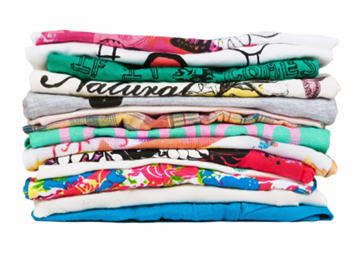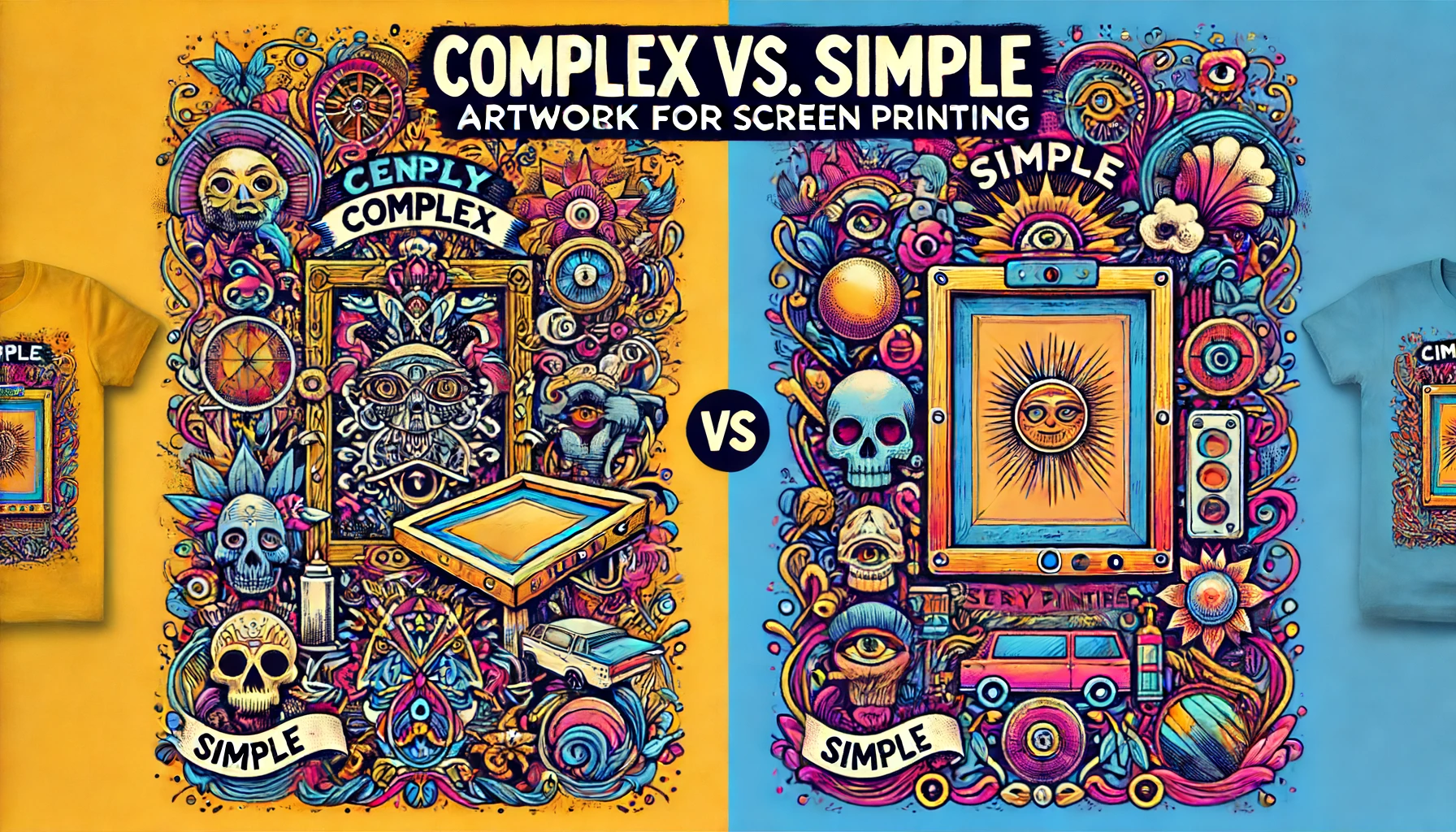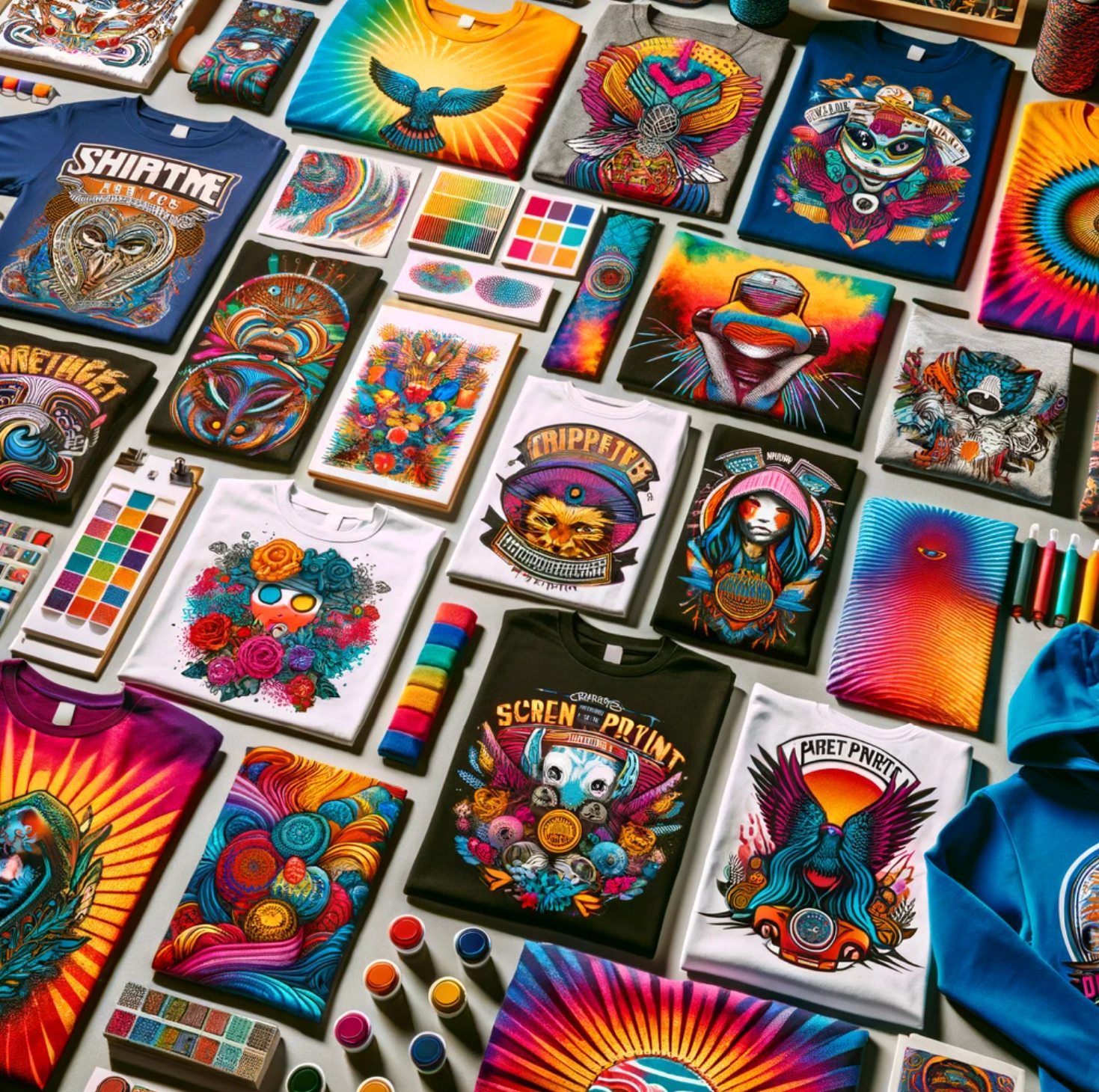Have you ever observed how certain customers aren’t just challenging to deal with, but also seem to bring complexity and disorder into almost every aspect of their interactions? In my extensive experience in the screen printing industry 22+ years, I’ve noticed a recurring theme. These customers tend to complicate matters for everyone they engage with, including by withholding essential tools from their employees, making it harder for them to complete their tasks efficiently
In the world of screen printing, one of the most common challenges we face is dealing with overly complicated artwork. Simplifying your artwork can make a huge difference, not only in the quality of the final product but also in the time and cost involved. Here’s how you can help streamline the process.
1. Understand the Medium
Screen printing is a unique art form that requires specific considerations. Unlike digital printing, screen printing uses stencils (screens) to apply layers of ink on the printing surface. This means that the design must be broken down into layers, each representing a different color. Complex designs with intricate details can be difficult to reproduce accurately.
2. Stick to Bold Lines and Clear Shapes
Intricate details and fine lines may look great on a computer screen, but they often don’t translate well to screen printing. Bold lines and clear, simple shapes are easier to work with and tend to produce better results. When designing for screen printing, think about how the design will look at different sizes and from a distance.
3. Limit the Number of Colors
Every color in your design requires a separate screen, which adds to the cost and complexity of the printing process. Try to limit your design to two or three colors. Use color separation techniques to create the illusion of more colors and depth without actually using additional screens.
4. Use High-Contrast Colors
High-contrast colors help ensure that your design stands out and is easily readable. Light colors on dark backgrounds or dark colors on light backgrounds work best. Avoid using colors that are too similar to each other, as they can blend together and reduce the clarity of the design.
5. Provide Vector Files
Vector files are the gold standard in the screen printing industry. Unlike raster images, which are made up of pixels, vector images are composed of paths. This means they can be scaled to any size without losing quality. Providing your artwork in a vector format (such as AI, EPS, or SVG) ensures the best possible outcome for your screen printed items.
6. Simplify Text
Text can be tricky in screen printing, especially if it’s small or in a complicated font. Stick to bold, easy-to-read fonts and avoid using too much text in your design. Remember, the simpler the design, the better it will translate to the final product.
7. Consult with Your Printer
Your screen printer is a valuable resource. They have the experience and expertise to help you refine your design for the best possible outcome. Don’t hesitate to ask for their input and suggestions.
By following these tips, you can help ensure that your artwork is optimized for screen printing. Simplifying your design not only makes the process smoother for your printer but also helps produce a higher quality final product. Remember, less is often more when it comes to screen printing.
So, next time you’re preparing artwork for a screen printing project, take a moment to simplify. It’ll save you time, money, and a lot of potential headaches. And who knows, you might just find that a simpler design is more effective and impactful.
Happy printing!






